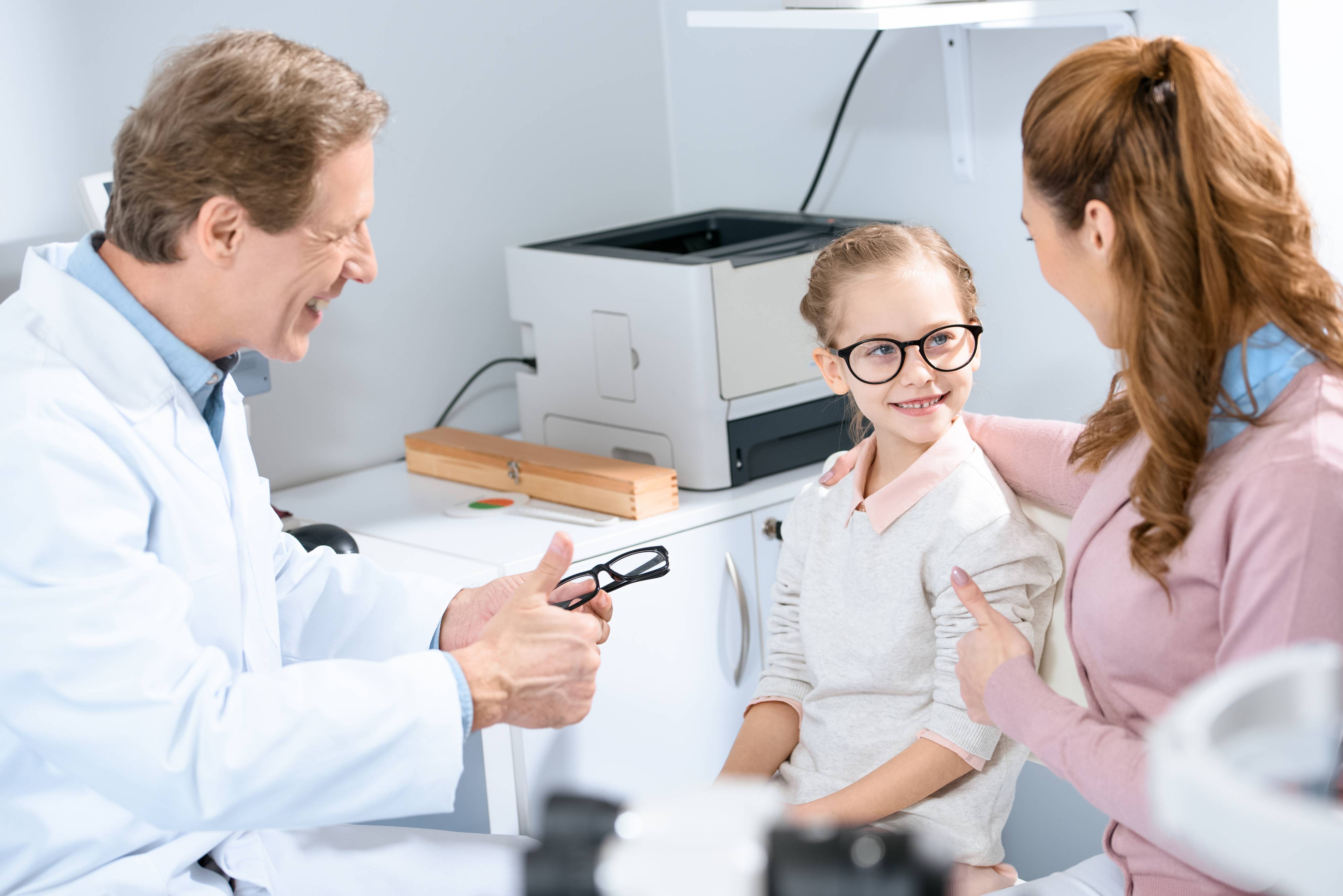
Myopia is an eye condition that affects the ability to see distant objects. It is commonly known as shortsightedness. It is common in children, but even adults can get it. It is essential that you get your child on myopia management as soon as it gets diagnosed. Myopia may not seem such a severe disease, but it has the potential to worsen if not corrected.
If your child has myopia, they may be at risk of developing macular degeneration, cataracts, glaucoma, and retinal detachment. It is important that you visit a pediatric optometrist as soon as you notice any myopia symptoms.
What Are the Signs and Symptoms of Myopia?
Some of the signs of myopia in children include:
Headaches
Watching television or using a screen too close
Squinting when looking at distant objects
Sitting at the front of the class to see clearly
Nausea after reading a book
Blurred vision
Lack of interest in playing games that need one to see far or distant objects
Far objects appear blurry
In most cases, you might find that children whose parents have myopia also get myopia. It is partially hereditary, but that is not the only risk factor.
At What Age Can Your Child Start Myopia Management?
There is no specific age requirement for your child to start myopia treatment. You should begin as soon as the symptoms get discovered. The earlier you start the treatment, the lower the risk of getting eye diseases such as retinal detachment and glaucoma.
Myopia Management
Myopia management is an eye care program used to slow down the progression of myopia. While you may not be able to reverse myopia, there are ways to prevent it from worsening or progressing.
Depending on your child’s severity or age, your optometrist may recommend any of the following treatments.
Eyeglasses
Your doctor may prescribe eyeglasses for your child if they are at an age at which they can comfortably wear them. They may appear the same as traditional eyeglasses, but they can change focus in peripheral vision.
Contact Lenses
Teenagers or older children mostly prefer contact lenses. They are more comfortable and can improve a person’s confidence while in social gatherings. Also, they make distant vision wider and sharper as compared to regular eyeglasses.
Your doctor may recommend Paragon CRT® lenses to correct myopia. It is a non-surgical treatment for patients to reduce the progression of myopia. Usually, Paragon CRT lenses are worn at night to fix the cornea curvature while you sleep. It takes on average two weeks to see the changes.
Also, the Brilliant Futures Myopia Management Program by Cooper Vision recommends using the MiSight® 1 day contact lenses for children as young as 8 years old. It is easy to fit and helps in reducing the progression of myopia as well as eye elongation.
Eye Drops
Your child can also use eye drops to reduce myopia progression. But, while it may reduce the progression, it does not correct myopia, and so your child is still required to wear eyeglasses or contact lenses.
Learn more about myopia management for children, contact Tri-City Optometry in Fremont, California at (510) 602-2020 to book an appointment.







